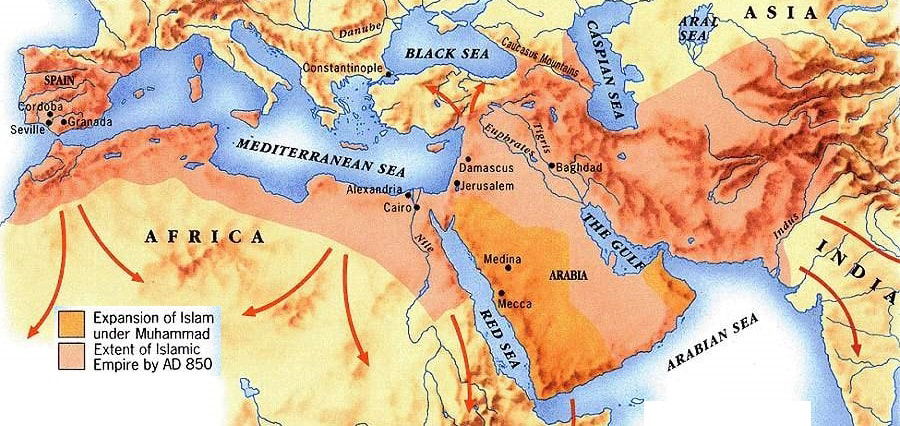Why Bharath continued to be prey of foreign invasions?


The fundamental reason India was unable to successfully repel invasions and assaults was the lack of cohesion in its civilization and between its kingdoms. For instance, the Chauhans of Ajmer, the Paramaras of Malwa, and the Gahrwals of Kanauj were the three most significant Rajput states in north India. Other lesser dynasties existed in various regions of the nation, such as the Tomars of Delhi, the Chalukyas of Gujarat, the Chandellas of Bundelkhand, and the Kalachuris in the vicinity of Jabalpur. The Palas and later the Senas continued to rule Bengal.
The numerous Rajput states were always at war with one another. These disputes prevented the Rajput kings from banding together to drive the Ghaznavids out of Punjab. The Ghaznavids believed themselves to be powerful enough to launch raids all the way to Ujjain.
Some claim that one of the caste system’s problems stemmed from the intersocial conflict it produced, which was starting to become more about birth rites than qualifications. As a result, Kshatriya warriors who were supposed to exhibit bravery and heroism were only Kshatriyas by birth or inheritance and not by virtue.
As a result, the necessary strength was not always present, with the exception of heroes like the Rajputs and subsequently, Shivaji and others. Additionally, Brahmanas who earned their position via education, research, and spiritual pursuits received it solely from their fathers. No of how qualified a Shudra might be for other jobs, they were consigned to lowly tasks even though in Vedic times they performed a variety of duties. As a result, society started to lose its Vedic culture, which was no longer flexible and gave it the ability to constantly reinvent itself. In this fashion, it progressively weakened, allowing the invaders’ influence to rule its people for a considerable amount of time.
However, the present caste structure did not fully develop until India lost its position of dominance. Before any significant invasions into India, there was still a lot of social freedom. Furthermore, it is clear that the majority of North Africa, Iran, Iraq, Syria, and other nations were conquered by Islam despite the lack of a caste system and a social structure that could endure the new rule.
Therefore, everyone in those nations had to finally submit to the new paradigm, but in India, resistance was constant, and eventually, the Vedic culture continued to hold sway. India has been able to reinvent itself from whatever past it has undergone thanks to the spirituality embodied in the Vedic traditions. When it seemed like she was about to collapse, it has since bloomed again. It possesses the oldest culture in the entire globe, which is still present in its customs, temples, communities, Brahmanas, and everyone who takes part.
Furthermore, we must not use our spirituality as a justification for not having the courage to defend the Dharma.
In conclusion, India’s multiple kingdoms’ lack of cohesion was its real weakness against the invaders. At the time, many of them were fairly small, and individual state administrations lacked the means to support sizable armies. Additionally, they did not at the time have the concept of working together and rallying against such invaders. Larger kingdoms with more resources and men than the Islamic invaders included the Shauhans, Chandelles, Chalukyas, and others.
To combat the invaders, however, the Hindus did not properly organize these resources. And one kingdom would not support another quickly enough. It was all too fragmented to launch a coordinated defense, which would have undoubtedly forced the Muslim attackers to flee to their home nations. Additionally, the weaker phalanxes that the Muslims carried into battle were too strong for the Indian kings’ smaller forces to handle. Muslims could tolerate protracted wars because they had received military training from a militarised state. They resembled the Kshatriyas but were motivated by Allah’s will.
However, no matter how valiant they were, the few professionally trained warriors in India’s lesser kingdoms could only hold out for so long.
Source: Crimes against India by Stephen Knapp
DISCLAIMER: The author is solely responsible for the views expressed in this article. The author carries the responsibility for citing and/or licensing of images utilized within the text.
